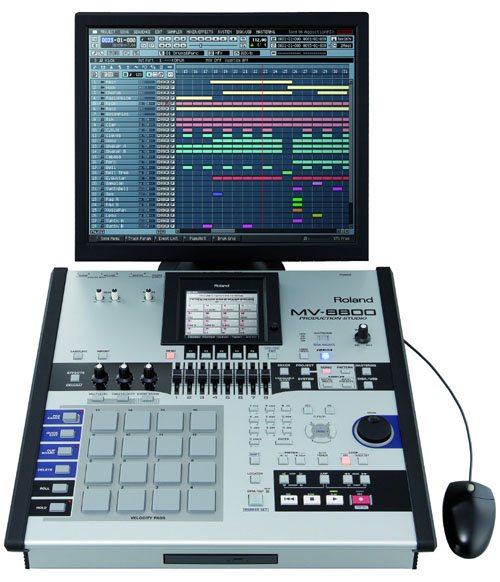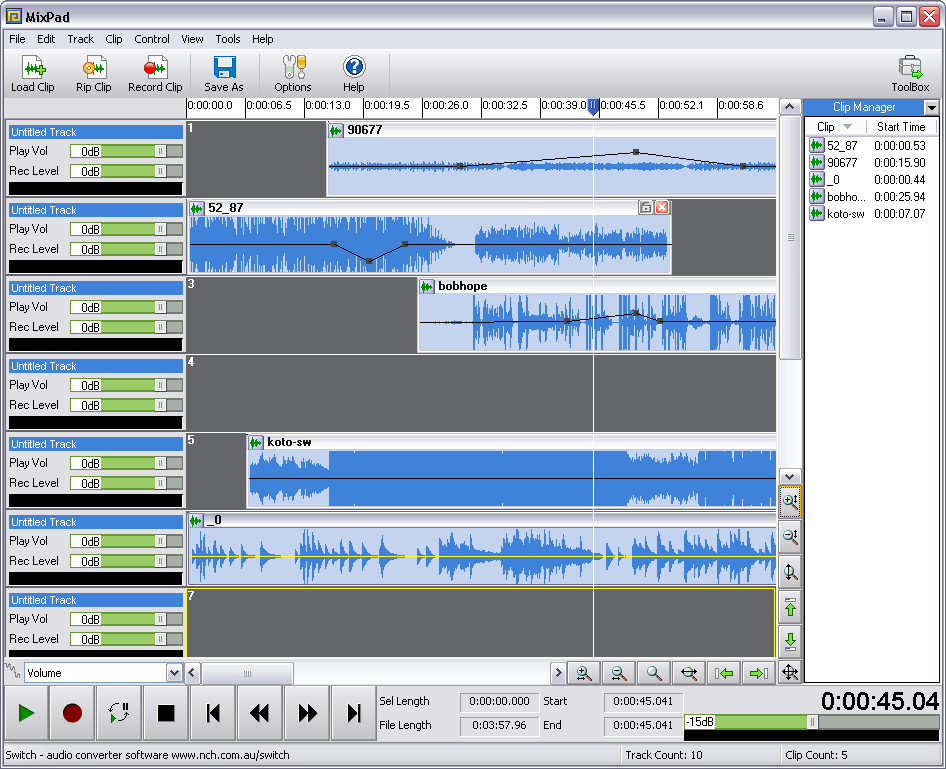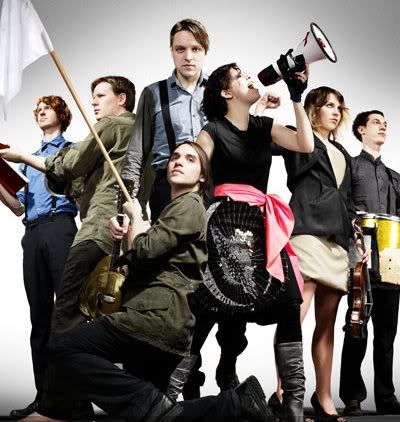Having a consistent and deliberate music promotional and marketing campaign is probably the most important thing you can do to increase the odds of your band or artist being recognized and successful.
Myspace music promotion and online music marketing is the key to any band and artists success. If your looking to promote your band or artist and get your Myspace music player to have a higher song play count and major label type music promotion you have many more opportunities available today than could of been imagined just a few years ago.
Increase your myspace song plays and views using a do it yourself Myspace Plays increaser software to have total control of your music promotion for your band or artist.
If you're an artist or band, music promotion is a area of you must focus on.
Creating great music is crucial, but the music business is just that... a "business". The competion for potential fans is greater today than ever before. Promotion is the key to the success of any aspiring artist or band.
Talent will get you noticed, but promotion is what sells CD's, digital downloads, gets you loyal fans and gets people to your shows.
Hiring a professional promoter can help jump-start your career. There are also services like TuneBoom Pro that will handle certain key areas such as Myspace Promotion. This is perfect as you might find taking care of your own promotion does not leave you enough time to actually be the artist. And for those that do have the time they even offer software to help you do it yourself.
Whether you use a myspace plays and views increaser software or a service to do it for you make sure that they have many "promotion packages" for aspiring indie artists and also experience working with many major artist's, labels and managers.
if you've already recorded your music and offer your music as a digital download or CD, and if you're ready to perform live on a regular basis it is crucial that you take a proactive role in your music promotion. Use them to increase and get more myspace music and video plays and promote your page so new fans will find you.
How do you get exposure to the largest audience on a reasonable budget? Myspace music promotion is the most effective tool a band can use to get a viral buzz started. By building up your Fans/Friends and having a active Myspace music player you will have a greater chance of getting noticed and standing out from the crowd.
It is important that potential fans and important music executives and venue booking agents do not come to your page and see a low myspace music player play count or they will get the impression that you do not have many fans and that you are not marketable.
Also make sure to keep all your fans informed of your performance schedule and other band info by using the "bulletin" feature and the section to post your upcoming shows.
This is a exciting time for the indie artist and band. You now have the exact same tools available to you that the todays top artist and major labels use..In fact by using TuneBoom Pro you are using the same service and company they use and they also offer new affordable promotional packages.
Get your artist and band noticed now by using these exciting proven promotional strategies and packages.
Things to look for in any myspace music plays and views increaser software or music promotional service include get myspace plays, get more plays, myspace music player, Increase myspace music plays, increase myspace plays, myspace friend adder, increase myspace plays, Band Promotion, Myspace Promotion, Promote my band, myspace mp3 increase, mp3 plays, Boost Myspace music plays, Get more Play.
If you focus on achieving all the above you will have a strong opportunity to get more fans to notice you as well and venues to book you and important music executives and insiders. If your looking to get attention and get noticed and signed by a record label these strategies are your tools to getting you to stand out.
About the Author:
Clive Calvin and Comnexis has just published a brand new book by a famous music executive directly involved in over 653 Platinum Records! Everything needed to succeed is here. Learn EXACTLY the same strategies used by Todays Top Superstars at:
http://TuneBoomPro.com
Article Source:
Include this link when reprinting this article: http://www.freearticles.co.za/music/promote-your-music-band-yourself-increasing-myspace-plays-and-get-more-fans-gigs-and-get-signe
Include this link when reprinting this article: http://www.freearticles.co.za/music/promote-your-music-band-yourself-increasing-myspace-plays-and-get-more-fans-gigs-and-get-signe



































